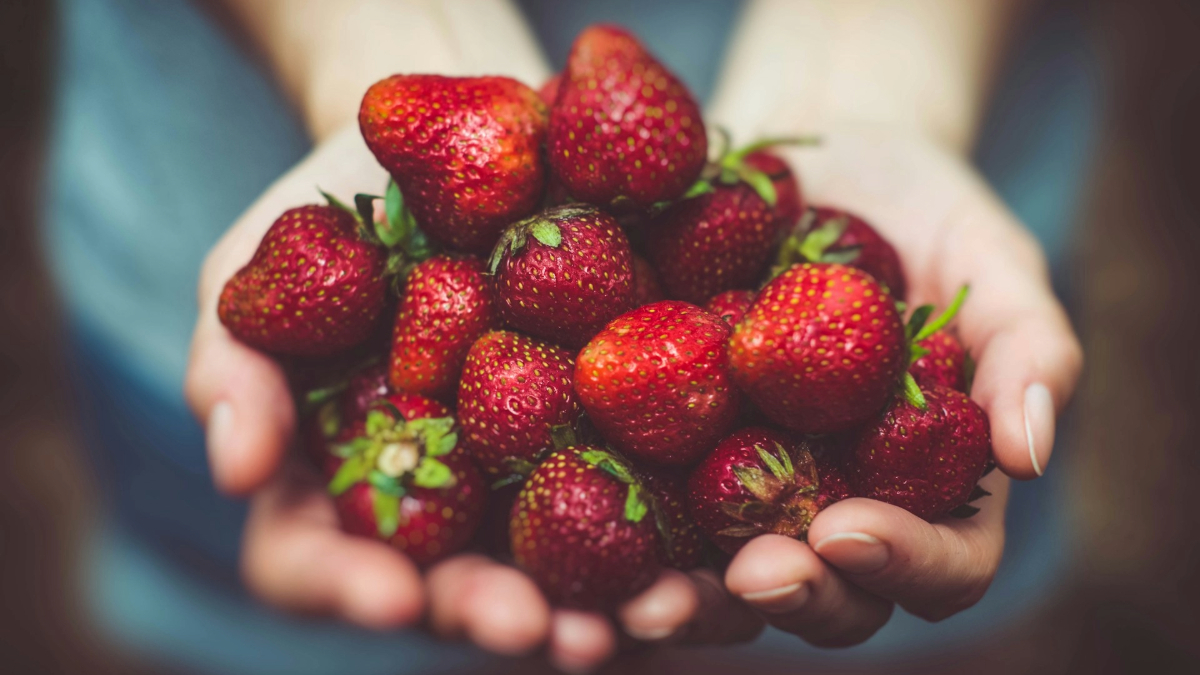To enhance the nutritional welfare of low-income families, the US Department of Agriculture (USDA) has allocated $25 million to pilot the Healthy Electronic Incentive Projects (eHIP) in three US states. This initiative seeks to boost the purchasing power of Supplemental Nutrition Assistance Program (SNAP) beneficiaries by adding $60 monthly to their benefits, specifically to buy fruits and vegetables.
The USDA’s $25 million push for healthier eating
The SNAP program, which assists over 41 million people each month, is a lifeline for many low-income individuals and families in the US. However, there is growing concern about the quality of food beneficiaries can afford with their SNAP benefits. To address this issue, the USDA has introduced the Healthy Electronic Incentive Projects (eHIP), designed to encourage healthier eating habits by providing extra funds that can be spent on fresh, frozen, and dried fruits and vegetables.
The USDA’s commitment to this initiative is substantial, with $25 million earmarked to support the pilot programs in three states: Washington, Colorado, and Louisiana (which is joining soon). These states have implemented the eHIP, which aims to make it easier for SNAP beneficiaries to access the nutritious foods necessary for lifelong health and well-being.
States participating in the eHIP program
The three states currently participating in the eHIP program are Washington and Colorado. Louisiana is also joining soon. Each state is in different stages of implementation, with Washington being the pioneer and Colorado and Louisiana following suit.
Washington: As the first state to implement the eHIP, Washington has set a precedent for how the program can be successfully integrated into the existing SNAP framework. The state has already seen positive results, with SNAP beneficiaries reporting increased access to fresh produce and healthier food options.
Colorado: Colorado’s eHIP program, known as the Colorado SNAP Fruit and Vegetable Bonus, is set to launch in select locations during the summer of 2024. Under this program, SNAP recipients will receive a 100% reimbursement for qualifying fruit and vegetable purchases directly on their Electronic Benefits Transfer (EBT) card at the time of purchase. This means that for every $20 spent on eligible produce, beneficiaries will receive $20 back on their EBT card, up to a maximum of $60 per month.
Louisiana: Louisiana has yet to join the eHIP program. While the specific details of the program’s rollout in Louisiana have not been fully disclosed, it is expected to follow a similar model to those in Washington and Colorado, providing SNAP beneficiaries with additional funds to purchase healthy food options.
How to get the additional payment
Beneficiaries in these states do not need to do anything to receive the additional $60. The extra funds will be automatically loaded onto their EBT cards each month and can be used immediately. Here’s how the process works:
- Spend up to $20 on eligible produce: Beneficiaries can spend up to $20 on eligible fruits and vegetables at participating retailers, including grocery stores and farmers’ markets.
- Receive the same amount back on your EBT Card: Once the purchase is made, the exact amount spent on eligible produce will be automatically credited back to the beneficiary’s EBT card.
- Get up to $60 per month: Beneficiaries can repeat this process multiple times until they receive a maximum of $60 in additional funds per month.
- Spend your bonus on any SNAP-eligible product: The bonus amount credited back to the EBT card can be used to purchase any SNAP-eligible product at any authorized SNAP retailer, providing flexibility in how the funds are utilized.
Eligible foods for eHIP benefits
The eHIP program is designed to promote the purchase of healthy food options. Eligible items for the eHIP benefits include:
- Fresh fruits and vegetables: This is the program’s focus, encouraging beneficiaries to include more fresh produce in their diets.
- Frozen fruits and vegetables: These are eligible as long as they do not contain added salt, sugar, or fat.
- Dried fruits and vegetables: These are also eligible when purchased at farmers’ markets, provided they do not have added salt, sugar, or fat.
- Dried Beans: A staple in many diets, dried beans purchased at farmers’ markets are included in the program’s list of eligible foods.
By providing these additional funds, the USDA aims to make healthier food options more accessible to SNAP beneficiaries, many of whom may have previously struggled to afford fresh produce.

